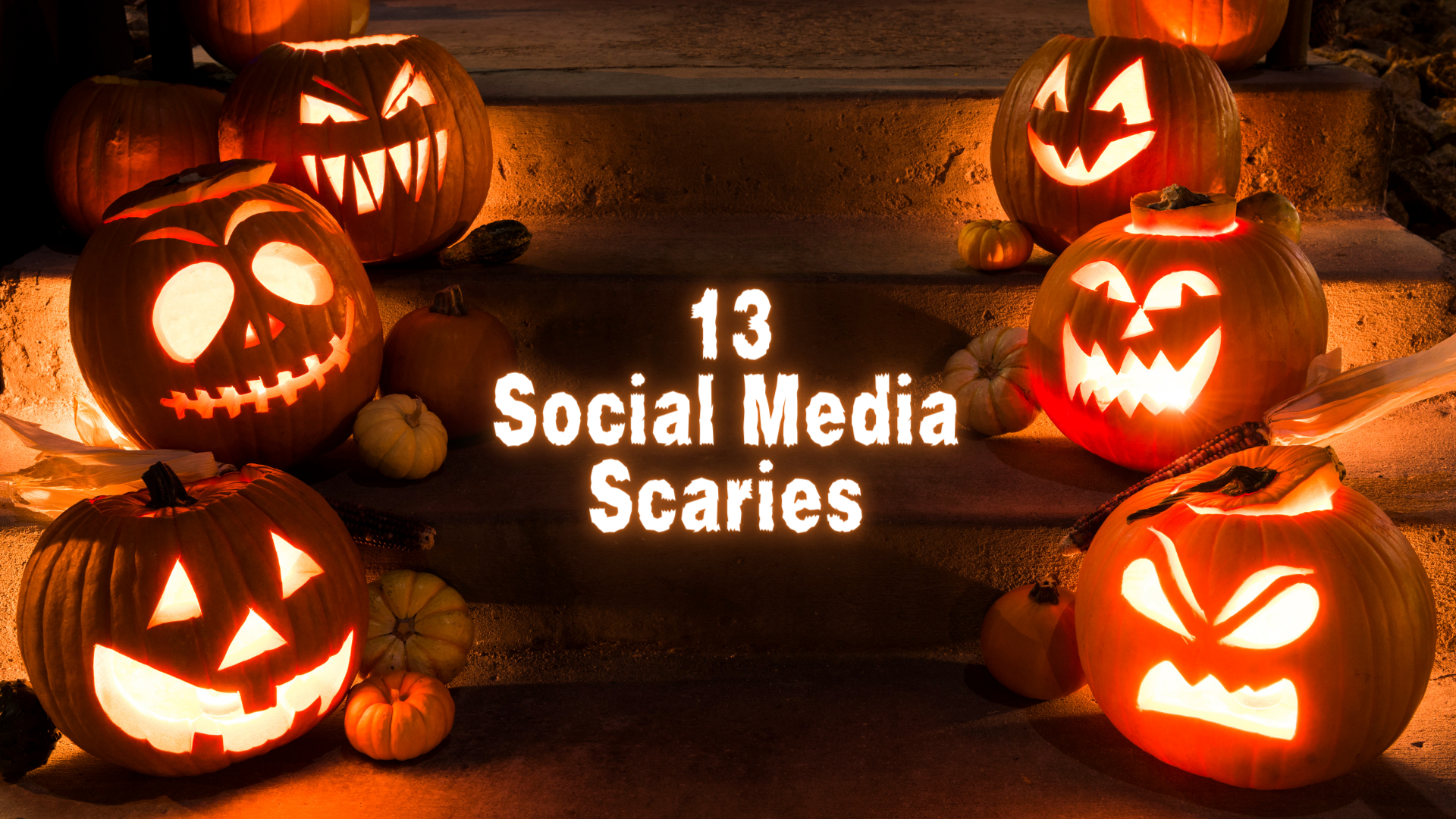Title: Engaging Your Audience with Visual Storytelling
When attention spans are shrinking, and information overload is rampant, the art of engaging your audience is more critical than ever. Visual storytelling, a dynamic combination of compelling visuals and a narrative structure, has emerged as a powerful tool to captivate and connect with your target audience. In this article, we'll explore how visual storytelling can elevate your content and create a lasting impact on your audience.
The Power of Visual Storytelling
Visual storytelling is a multidimensional approach to conveying your message, using images, videos, infographics, and other visual elements to support and enhance your narrative. Here's why it's so effective:
-
Memorability: Visual content is more memorable than text alone. People remember visuals better, which makes your message stick.
-
Emotional Impact: Visuals can evoke powerful emotions, fostering a deeper connection with your audience.
-
Simplicity and Clarity: Complex ideas are often better conveyed through visuals, simplifying understanding.
-
Universal Language: Visuals transcend language barriers, enabling you to reach a global audience.
Key Elements of Visual Storytelling
-
A Compelling Narrative: Every visual story needs a clear beginning, middle, and end. Craft a narrative that draws the viewer in and keeps them engaged.
-
Characters and Emotion: Characters add a relatable human element to your story. Emotionally charged characters and situations resonate with your audience.
-
Visual Consistency: Maintain a consistent visual style to reinforce your brand identity and create a cohesive storytelling experience.
-
Balanced Composition: Pay attention to composition and layout. Well-structured visuals guide the viewer's eye and enhance storytelling.
-
Timing and Pacing: In video storytelling, timing is crucial. Use pacing to build tension or convey information effectively.
Forms of Visual Storytelling
-
Infographics: Use infographics to present complex data and statistics in a visually appealing and understandable manner.
-
Videos: Video storytelling combines visuals, audio, and often text to create a compelling narrative. It's a versatile medium for telling stories.
-
Illustrations and Artwork: Custom illustrations and artwork can convey your unique brand story and captivate your audience.
-
Photography: High-quality, relevant photographs can convey powerful narratives and emotions.
-
Interactive Visuals: Incorporate interactive elements like quizzes, surveys, or interactive infographics to engage your audience directly.
How to Engage Your Audience with Visual Storytelling
-
Know Your Audience: Understand your target audience's preferences, interests, and pain points. Tailor your visual stories to resonate with them.
-
Tell Relatable Stories: Create stories that your audience can relate to, whether through characters, situations, or emotions.
-
Solve Problems: Address common problems or challenges your audience faces, and show how your product or service can provide solutions.
-
Invoke Emotion: Use visuals to trigger emotions that align with your message and brand values.
-
Cohesive Branding: Maintain consistent branding elements in your visual storytelling to reinforce your brand identity.
-
Use Story Arcs: Follow classic storytelling arcs like "Hero's Journey" or "Before-After-Bridge" to structure your narratives effectively.
Case Study: The Success of Nike's "Dream Crazy" Campaign
A prime example of impactful visual storytelling is Nike's "Dream Crazy" campaign featuring Colin Kaepernick. By weaving a compelling narrative around perseverance, determination, and believing in one's dreams, Nike engaged its audience on a deeply emotional level. The campaign featured a powerful image of Kaepernick with the caption "Believe in something, even if it means sacrificing everything," sparking conversations and inspiring millions.
Conclusion
Visual storytelling is a potent tool for engaging your audience in the digital age. By leveraging the power of visuals, creating compelling narratives, and understanding your audience's needs and emotions, you can connect with your viewers on a deeper level and leave a lasting impression. Whether you're using infographics, videos, illustrations, or interactive visuals, the art of visual storytelling can transform your content and elevate your brand. So, start crafting your visual stories today and watch your audience engagement soar to new heights.



